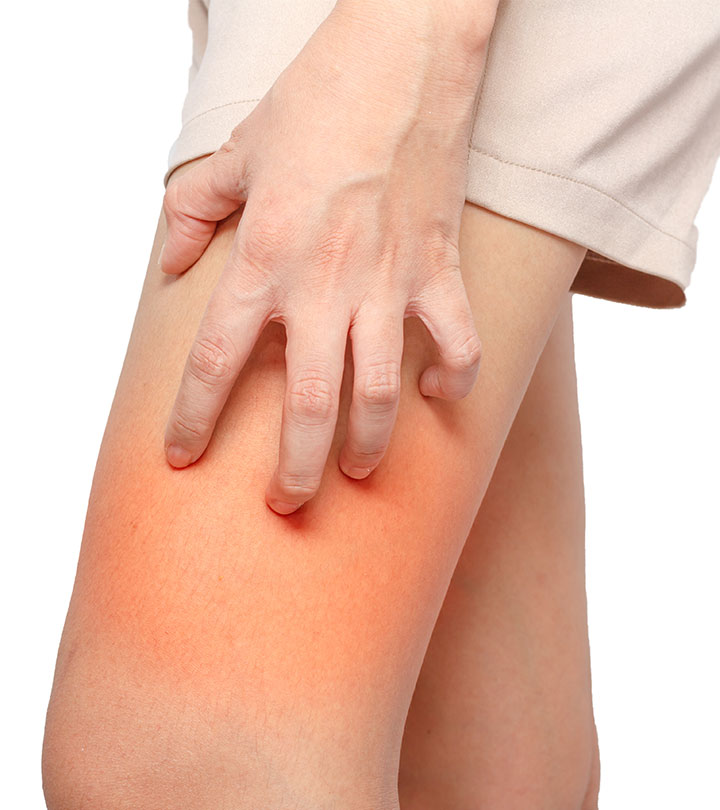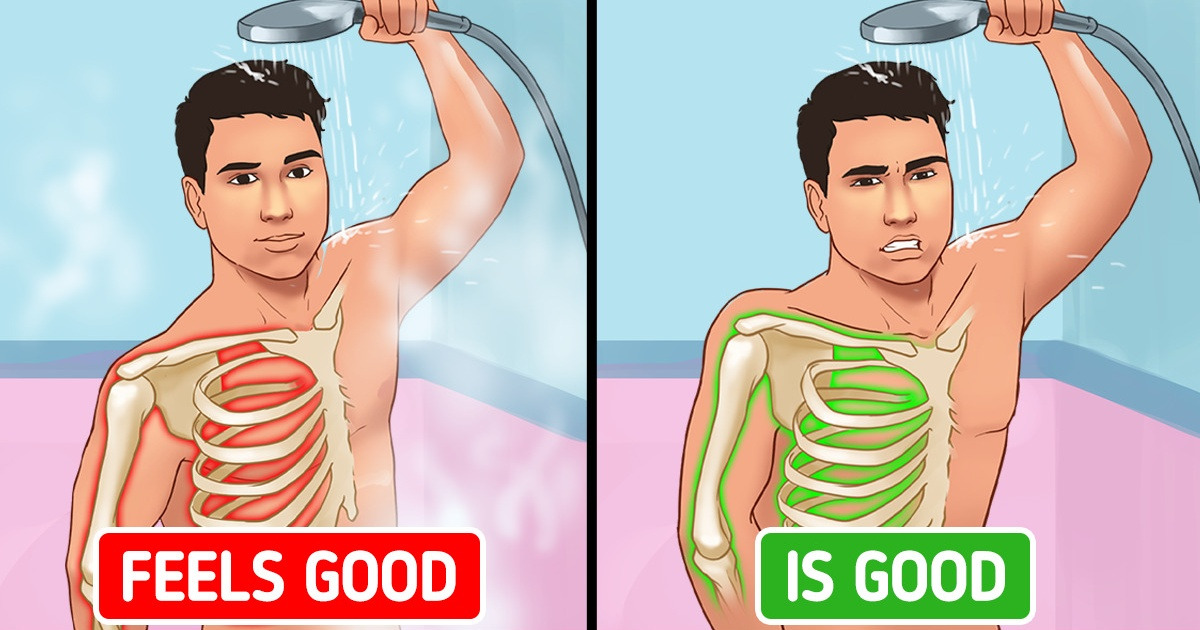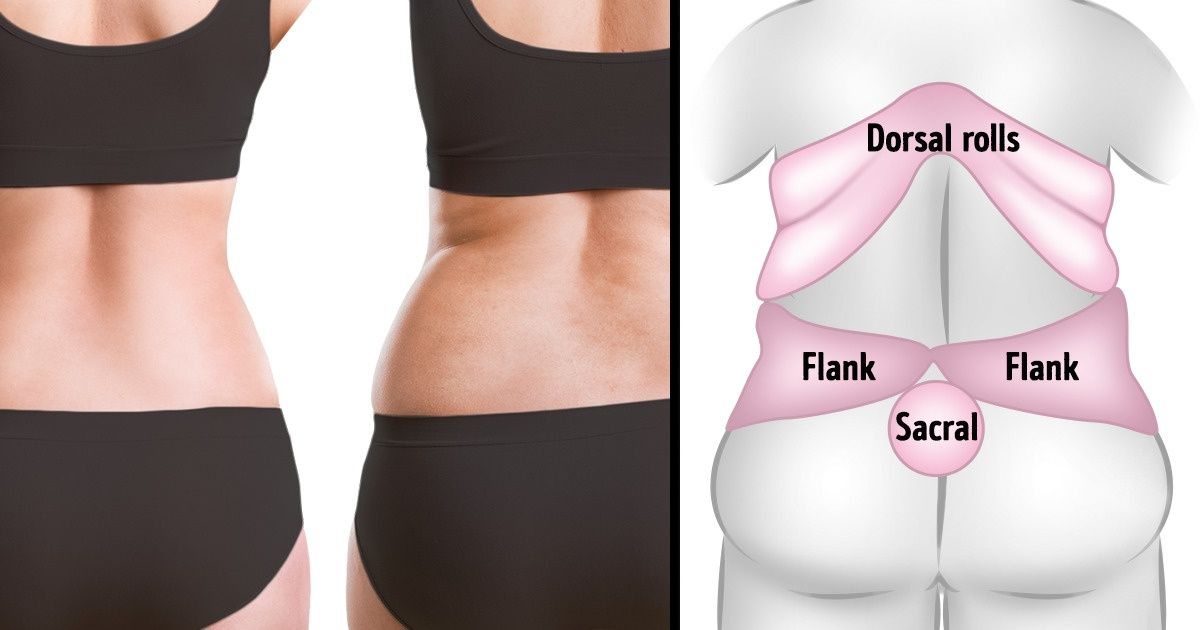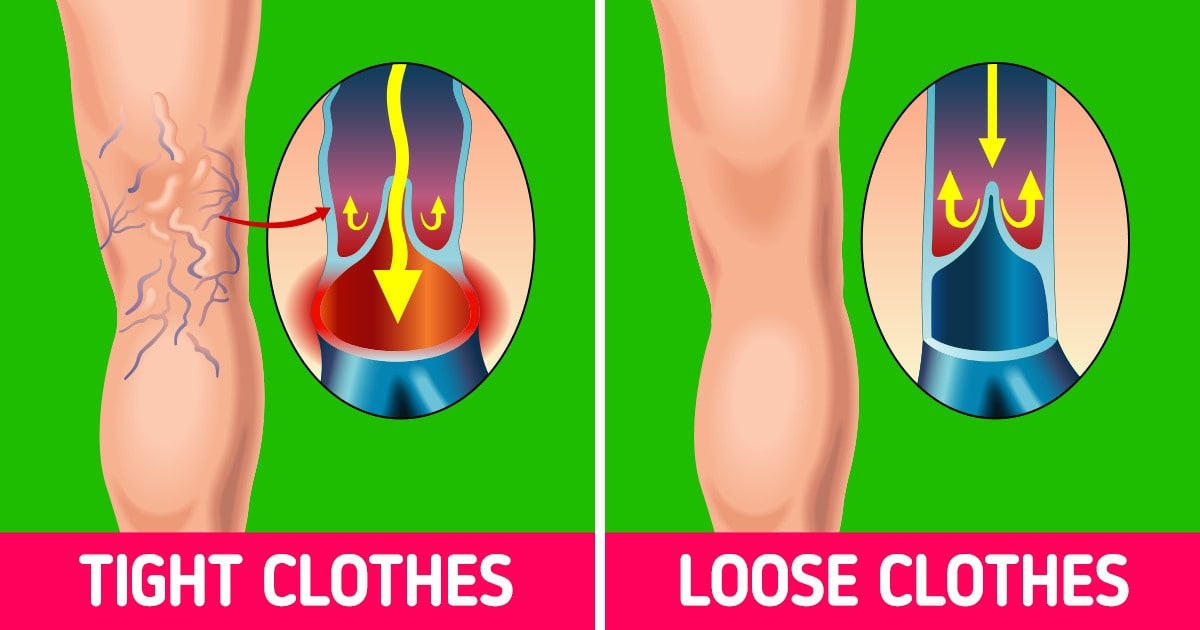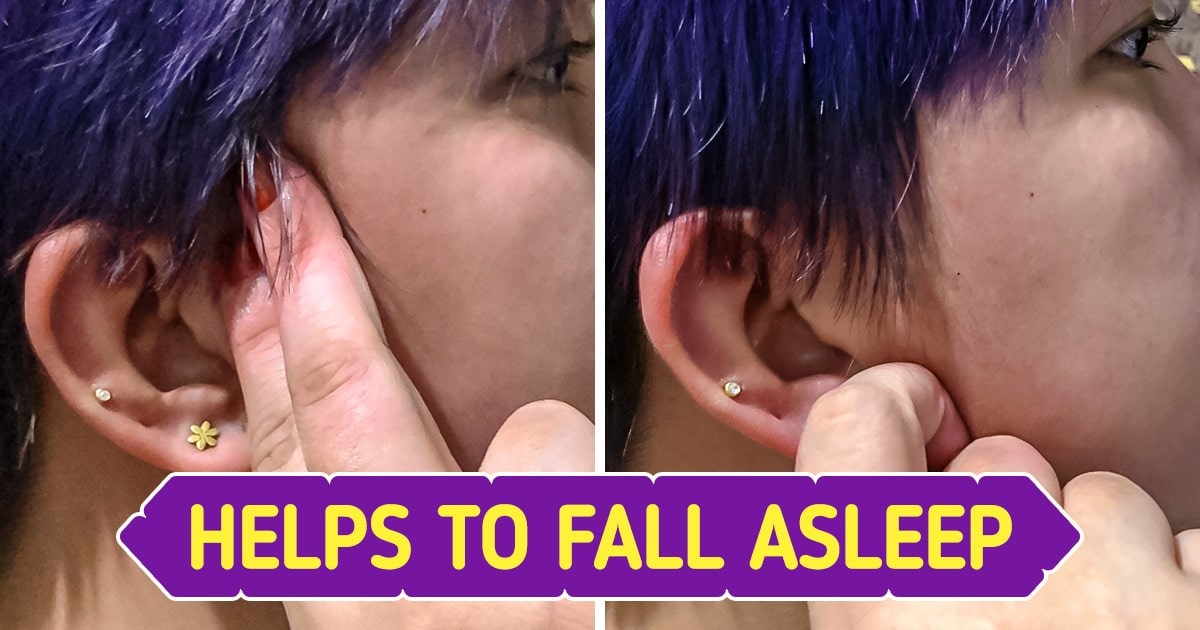The sun rises and it’s the perfect time to flaunt your hair color! Now is the time to test your look, and what better way to do it than to dye your hair? But there is a problem.
Any girl with dyed hair may be familiar with the itchy sensation that follows.
This can even be potentially fatal if this is not the case. This allergic reaction is caused by the chemicals in hair coloring products.
How can you treat it? In this article, we will discuss certain remedies that can relieve your allergy problems. Keep reading!
Does hair dye ingredients cause allergies Reaction?
We use coloring products to make hair modern and elegant. But these may contain chemical ingredients that can trigger an allergic reaction (such as contact dermatitis).
The main ingredient of these products that causes this reaction is paraphenylenediamine (PPD). This is generally used in printer ink and temporary tattoo ink. Packaged hair dye is usually sold with an oxidant that partially oxidizes PPD. This effect is what probably causes the allergy.
Along with PPD, another chemical compound for toluene diamine (PTD) is added to hair dye formulations. Although PTD may be lighter than PPD, it can cause allergies.
In the next section, we will see the signs and symptoms of such allergies.
Signs and Symptoms of Hair dye allergy
The severity of your symptoms may vary. They can appear immediately or appear within 48 hours after using hair dye.
Symptoms include:
- Red rash on the body
- A burning sensation in the scalp, face, and neck.
- Bubble appearance
- Swelling of the face and neck
- Swelling of feet, hands, eyelids, and lips.
Sometimes you can have a severe reaction to these products. They can cause anaphylaxis, a condition characterized by fatigue, swelling of the throat and difficulty breathing. Anaphylaxis requires immediate attention or it can become fatal.
But that does not have to be the case. The use of certain home remedies can help reduce the severity of symptoms.
Also Read: What Is Vitiligo Diet – Vitiligo Diet Plan And How Does It Help Treat Vitiligo?
Natural Home Remedies For Hair dye Allergy Reaction
#1. Honey
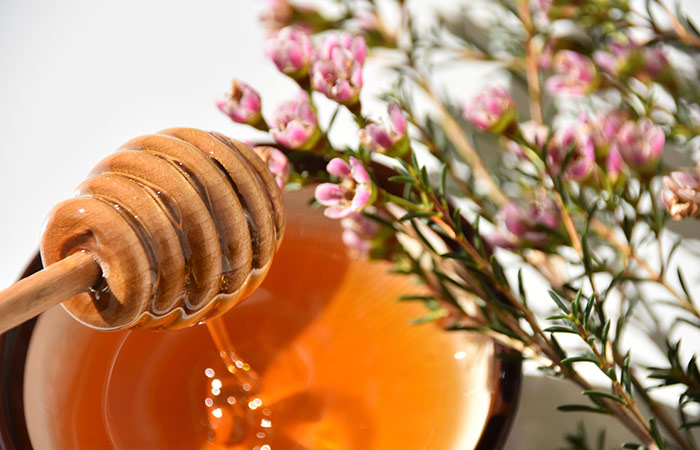
Honey is one of the oldest traditional remedies used for skin conditions. Due to its immunomodulatory properties, it can help reduce skin lesions and rashes associated with atopic and contact dermatitis.
You will need to
- 1 tablespoon honey
- Sterile gauze
What you have to do
- Apply a tablespoon of honey to a sterile gauze.
- Using the gauze, apply over the rash.
How many times should you do this?
- Repeat 3-4 times a day until the allergy heals.
#2. Aloe Vera
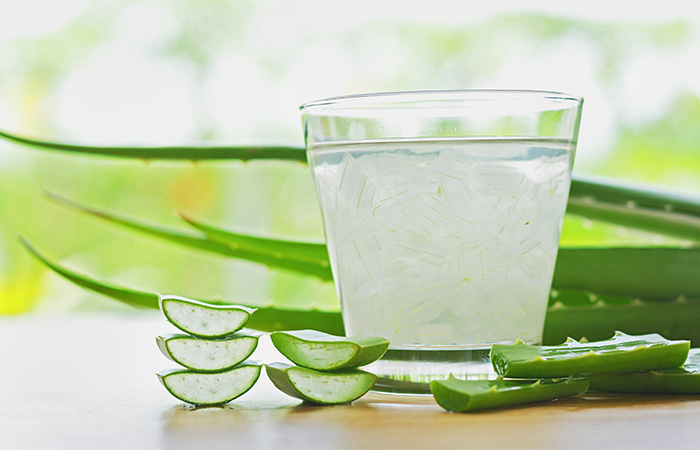
Aloe Vera has a therapeutic effect on skin conditions. It has healing and anti-inflammatory properties that can eliminate the redness and inflammation associated with hair dye allergy. The plant can also promote faster healing.
You will need to
- Aloe Vera or Gel sheet
What you have to do
- Take about half a tablespoon of aloe vera gel and apply over the rash.
- Leave on overnight and wash the next morning.
How many times should you do this?
- You can repeat this daily.
#3. Jojoba oil
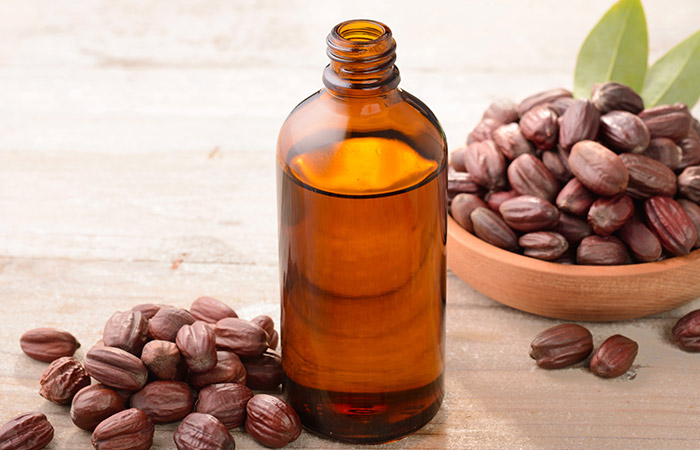
Jojoba oil is used for its anti-inflammatory and healing properties that help heal inflamed lesions associated with hair dye allergies. The oil is also rich in wax esters that can help repair skin affected by dermatosis.
You will need to
- 1 tablespoon jojoba oil
What you have to do
- Heat a tablespoon of jojoba oil mixed with a carrier oil (such as olive oil).
- Apply this to the scalp and other affected areas.
- Leave it on overnight and wash it in the morning.
How many times should you do this?
- You can apply this oil at least 2 times a week.
Also Read: Best Home Remedies To Treat And Prevent A Chafing Rash
#4. Coconut oil
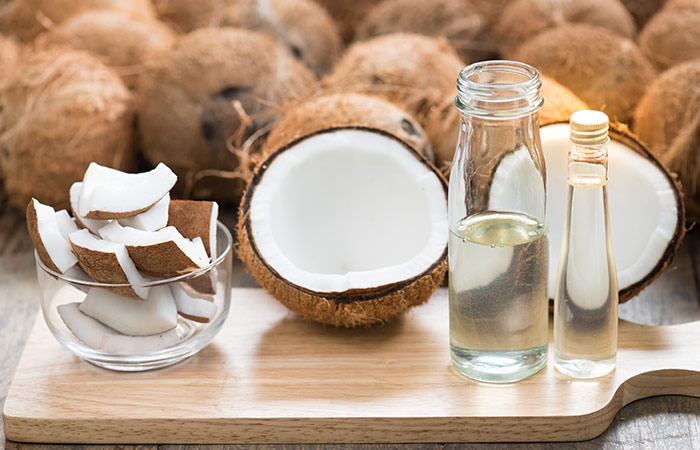
Coconut oil is widely used as a remedy for skin irritation. It has anti-inflammatory and analgesic properties that help reduce inflammation, redness, and pain usually associated with allergies.
You will need to
- 1 tablespoon virgin coconut oil
What you have to do
- Apply a tablespoon of virgin coconut oil on the scalp.
- Leave it on overnight and wash your hair well with a shampoo the next morning.
How many times should you do this?
- Do this 2 times a week.
#5. Tea tree oil
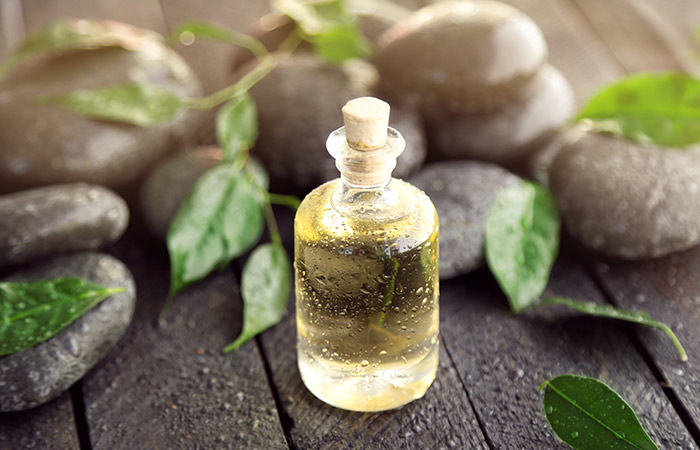
Tea tree oil has anti-inflammatory properties that can help reduce swelling and rashes caused by contact dermatitis (a possible reaction to hair dyes).
You will need to
- A few drops of tea tree oil
- 1 tablespoon jojoba oil
What you have to do
- Heat the mixture of tea tree oil and jojoba oil in a pan.
- Apply this hot oil mixture to the rash.
- Leave it on overnight and wash in the morning with a mild shampoo.
How many times should you do this?
- Do this 2 times a week.
#6. Peppermint
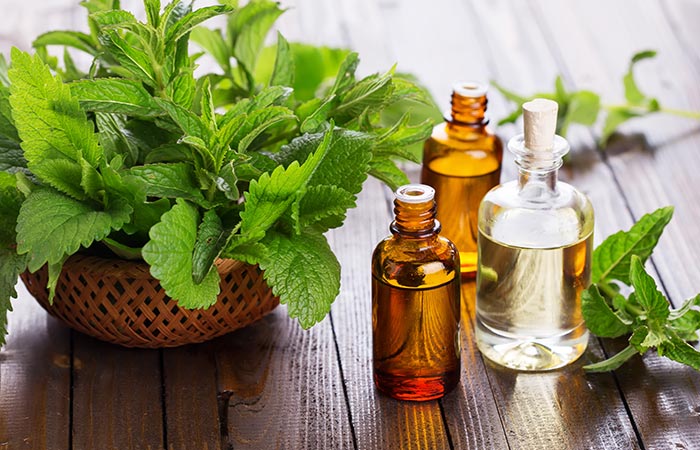
Peppermint is an herb that can be used to treat the allergic reaction caused by hair dyes. The herb has antipruritic properties that can eliminate itchy, red and scaly skin rashes associated with allergy.
You will need to
- 1 cup of water
- A bunch of mint leaves
What you have to do
- Heat a glass of water and add the mint leaves.
- Leave the mixture aside for a while and let cool.
- Apply to the rash and wash after 20 minutes.
How many times should you do this?
- Do this 2-3 times a week.
Also Read: Weight Gain Diet Plan: The Expert Tips And Best Diet Chart
#7. Witch hazel
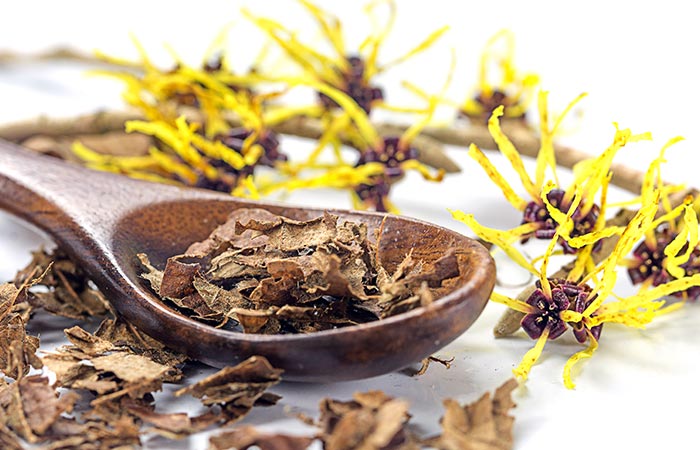
Witch hazel contains bioactive compounds such as tannins and proanthocyanidins. They exhibit anti-inflammatory properties and can help eliminate the redness, swelling, and itching associated with allergies.
You will need to
- Witch hazel extract
What you have to do
- Take a sterile cotton swab and apply a hazelnut extract.
- Apply this extract on the rash and let it dry.
- Once dry, wash with pure water.
How many times should you do this?
- Apply this to the affected areas 2-3 times a day.
#8. Chamomile tea
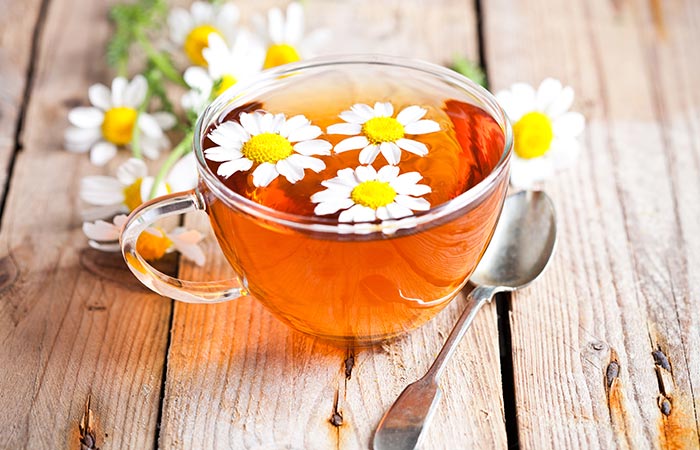
Chamomile has anti-inflammatory and analgesic properties. This can help reduce inflammation, redness, and pain caused by an allergic reaction to PPD in hair dyes.
You will need to
- 1 cup chamomile tea
What you have to do
- Prepare a cup of chamomile tea and let it cool.
- Use the cold mixture to wash the scalp and hair.
- Air-dry your hair.
How many times should you do this?
- You can repeat this medicine 2-3 times a week.
#9. Olive oil
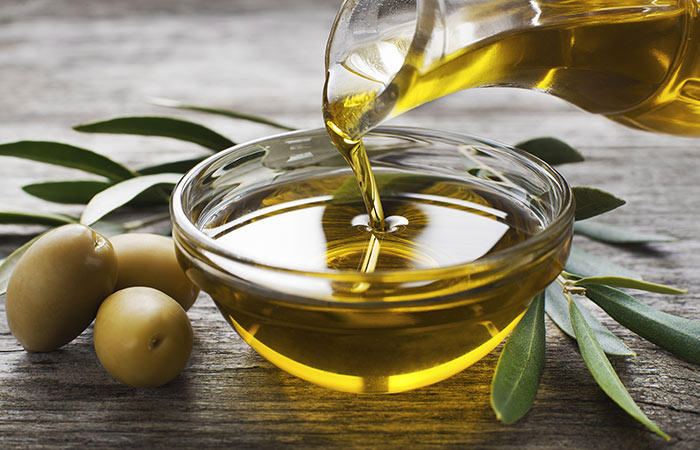
Olive oil is rich in antioxidants and other phenolic compounds. These compounds exhibit anti-inflammatory properties that can be effective in relieving the symptoms of hair dye allergies.
You will need to
- 1 tablespoon olive oil
What you have to do
- Apply a tablespoon of hot olive oil on the scalp and other affected areas.
- Leave on overnight and wash thoroughly with a shampoo.
- Alternatively, you can leave it for about an hour and then wash it with a shampoo.
How many times should you do this?
- Repeat this 2 times a week.
#10. Sesame oil

Sesame in sesame oil can help treat allergies to hair dyes. It has anti-inflammatory properties that can attenuate the appearance of itchy and red rash.
You will need to
- 2 tablespoons sesame oil
What you have to do
- Slightly heat the sesame oil and apply it to the scalp and other affected areas.
- Leave it on overnight and wash well the next morning.
- Alternatively, you can leave it for about an hour before washing with a shampoo.
How many times should you do this?
- You can repeat this medicine 2 times a week.
These are home remedies that can help treat hair dye allergies. But, as we know, prevention is always better than cure. In the next section, we will show you how you can achieve that.
Also Read: One Meal A Day Diet – How It Works, Health Benefits, And Safety (OMAD Diet)
Precautions to consider
- Always test the product for correctness before using it. In this way, you can minimize the chances of a possible allergic reaction.
- If you notice a milder allergic response to a chemical hair dye, stop using it immediately.
- If you want to get a tattoo, make sure you are allergic to ink before getting ink.
- People allergic to PPD or PTD may also be allergic to other substances such as benzocaine, anesthetics, etc. Therefore, to avoid an accident, keep your doctor, dentist and hairdresser informed.
The treatment of hair dye allergies does not have to be a daunting task. You can follow these remedies directly from the comfort of your home. Use them diligently to see the results in a few weeks. If your allergy becomes severe, seek immediate medical help.
Have you ever experienced allergies to hair dyes? How did you treat them? Share your thoughts with us by leaving a comment in the box below.
Recommended Articles
- 5 Step To Remove Hair Color With Baking Soda
- Shower Tips: 5 Best Tips To Keep Maintain Your Healthy Hair
- Bangs HairStyle: 25 Best Long Hair With Bangs Look For Women
- Top Lipstick Shades For Women With Dark Skin
- Tanned Skin: How To Use Olive Oil To Get Tanned Skin?
- Face Masks: Top 15 Anti Aging Face Masks You Must Try At Home


